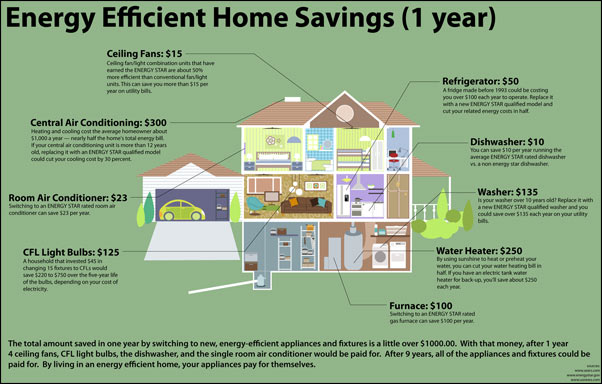| EnerGuide Most Canadians are already familiar with the EnerGuide label. It has been around since the EnerGuide Program was first introduced in 1978 as part of the Consumer Packaging and Labelling Act. Canada was one of the first countries in the world to adopt a labelling program for appliances. To ensure that consumers received fair and objective information on the energy consumption of appliances, test standards were developed to establish a level playing field for all manufacturers and to ensure that energy efficiency claims were factual and comparable. Regulations required that manufacturers of major electrical household appliances to be sold in Canada must test these appliances for energy consumption, show the monthly energy consumption of each model on a standardized, round EnerGuide label. Retailers - ask your customers if their appliances still carry the old round label (some of them are still using old appliances). By upgrading to new appliances with the rectangular label, the energy savings over time are likely to pay for their purchases. In 1992, Parliament passed the Energy Efficiency Act as a key element of Canada's national environmental action plan. Under the Act, minimum energy efficiency standards were established for some types of energy-consuming products, including appliances imported to Canada or traded between provinces/territories. The current rectangular label for appliances and room air conditioners was introduced in 1995. It provides the estimated annual energy consumption rating for each appliance. | Starting in 1984, Natural Resources Canada has calculated the average annual energy consumption of major electrical appliances. Since that time, refrigerators, refrigerator-freezers, freezers, dishwashers, clothes washers and clothes dryers have all shown dramatic drops in annual energy consumption. EnerGuide is the official Government of Canada mark associated with the labelling and rating of the energy consumption or energy efficiency of not only household appliances and room air conditioners, but also heating and ventilation equipment - such as oil, gas and propane furnaces, air sourced heat pumps, central air conditioners and gas fireplaces - as well as houses and vehicles. ENERGY STAR The ENERGY STAR symbol goes one step further and identifies specific models that meet or exceed premium levels of energy efficiency. Since 2001, the ENERGY STAR symbol can also appear on an EnerGuide label. Introduced in 1992, the ENERGY STAR symbol was first used in the United States as an indicator of energy efficiency for computers and monitors. The program proved to be so popular that it was expanded to include a host of specifications for office equipment. Today, the symbol can be found on almost 40 types of products. ENERGY STAR is now embraced by Australia, Canada, the European Union, Japan, New Zealand and Taiwan. Agreements and partnerships between these major global markets make it easier to provide a single set of energy efficiency qualifications, instead of patchwork, country-specific requirements. |
|
0 Comments
Your comment will be posted after it is approved.
Leave a Reply. |
AuthorNicon employees contribute content for this blog. Archives
February 2018
Categories
All
|


 RSS Feed
RSS Feed
